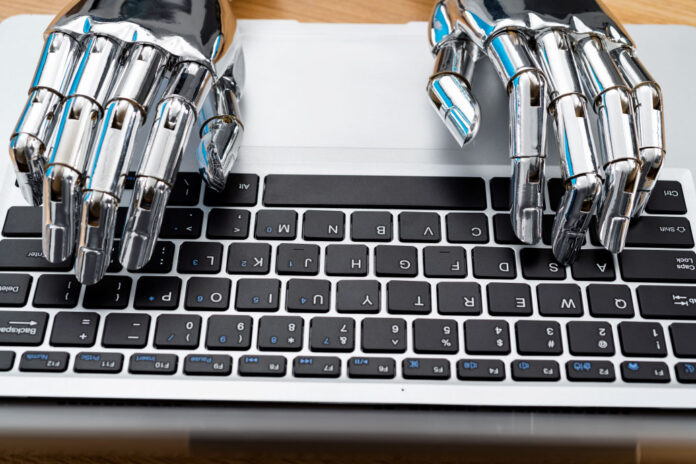We have definitively entered the era of Self-Healing IT, or self-healing IT. A new technological model in which systems and digital infrastructures not only identify failures but also make decisions and execute corrective actions autonomously, without waiting for human validation or depending on the availability of support teams. I see this advancement as more than an innovation—it is an urgent necessity given the growing complexity of modern digital environments.
Over the past few years, we have witnessed the evolution of IT management shifting from a reactive to a proactive model, with intensive use of monitoring tools and alerts. But even with this evolution, we continue to operate within a limited cycle, where failures still need to be interpreted and resolved manually. The result is response time constrained by human capacity, delays in incident resolution, and impacts on user experience and operational performance metrics.
The Self-Healing IT approach breaks this cycle. It represents the consolidation of a truly intelligent model, where automation is combined with analytical and predictive capabilities to anticipate problems, apply real-time corrections, and continuously learn from encountered incidents. This is not just about automating specific tasks or running correction scripts—we’re talking about a model where artificial intelligence (AI), machine learning, and native integration with IT Service Management (ITSM) systems enable systemic and scalable self-healing.
In my experience, I have put this vision into practice by combining robotic process automation (RPA), AI resources, and a deep integration layer with systems. This architecture allows failure-triggered events—such as server overload, an unresponsive service, or an anomalous memory consumption spike—to be handled automatically, from detection to resolution. The automation goes far beyond ‘restarting a service’; it involves contextual logic, root-cause verification, automated ticket creation and closure, and transparent communication with business stakeholders.
I see the positive impact of this approach daily. To illustrate, let’s consider a hypothetical situation in a financial sector institution that faces thousands of recurring tickets every month—such as password resets and even more complex infrastructure issues. By adopting a platform focused on Self-Healing IT, the company’s manual ticket volume can drop drastically, reducing average resolution time and increasing operational efficiency. Additionally, it allows technical teams to focus on strategic initiatives rather than repetitive, low-value tasks.
It’s crucial to understand that the concept of self-healing IT is not a futuristic luxury—it’s a practical response to current demands. With the growing adoption of distributed architectures, multi-cloud, microservices, and hybrid environments, the complexity of IT operations has become so high that manual supervision is no longer sufficient. Human capacity to monitor, interpret, and act is being surpassed. This is where Self-Healing IT comes in—as a layer of intelligence that ensures continuity, resilience, and performance without overburdening teams.
I firmly believe that the future of IT lies in intelligent automation with self-correction. A future where platforms are proactive, resilient, and increasingly invisible—because they simply work. This new era demands a mindset shift: moving away from seeing automation as isolated and starting to view it as an integrated, self-healing ecosystem. Self-Healing IT is the foundation for this. It doesn’t replace humans but enhances their work, redirecting focus from operational tasks to real innovation. I am convinced this journey is inevitable.


